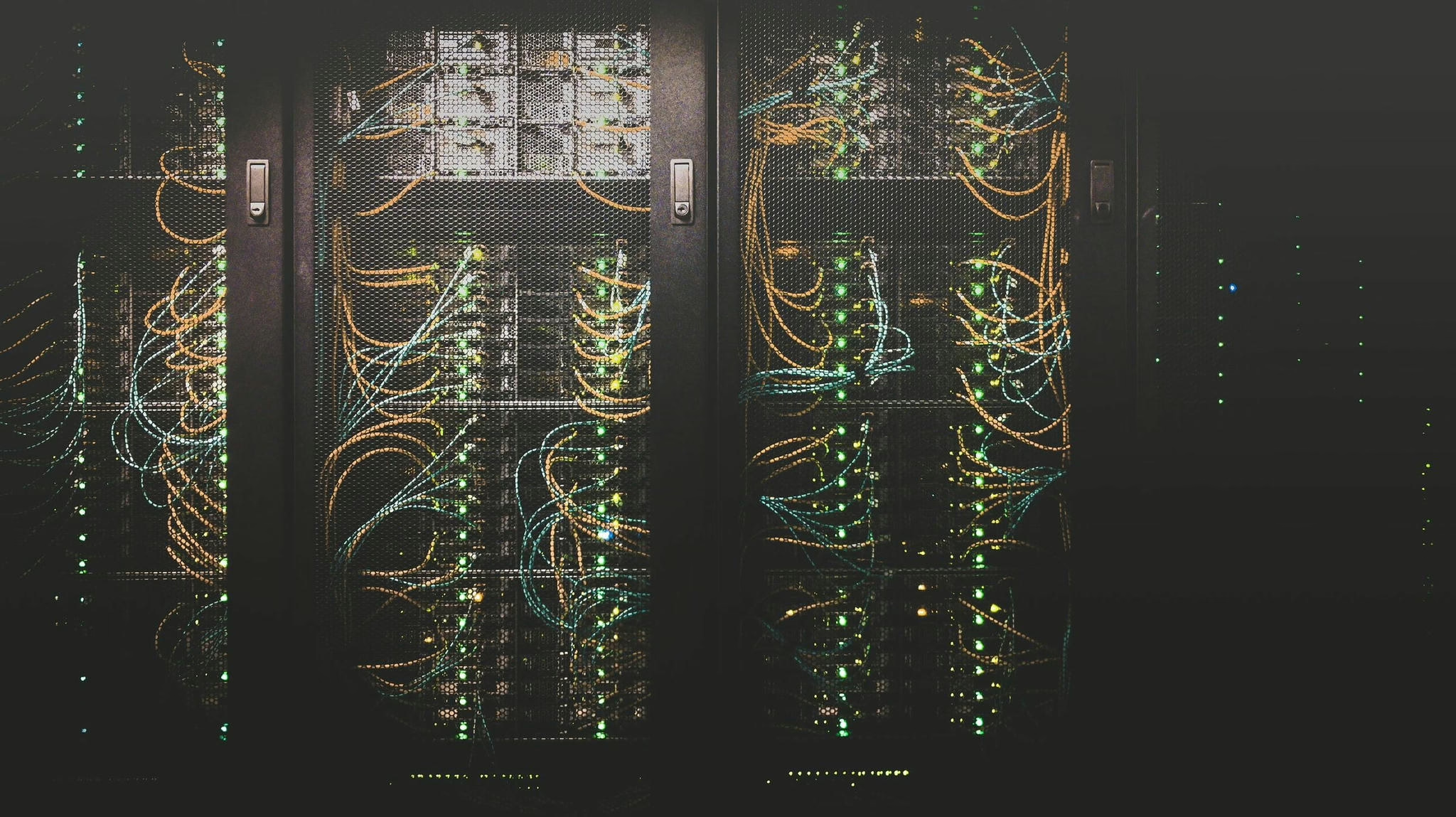Bufferbloat is a critical issue in networking that has garnered significant attention due to its impact on latency-sensitive applications such as competitive gaming.
It refers to the excessive buffering of data packets in network devices, which leads to increased latency and jitter, thereby degrading the user experience (Hamradio.my, 2024).
In competitive gaming, where milliseconds can determine the outcome of a match, bufferbloat can be a decisive factor.
This guide explores the causes, consequences, and mitigation strategies for bufferbloat in competitive gaming, synthesizing insights from foundational research to advanced methodologies.
Understanding Bufferbloat
Definition and Causes
Bufferbloat occurs when network devices, such as routers and switches, maintain overly large buffers to handle data traffic. While these buffers aim to prevent packet loss, they inadvertently introduce significant delays during congestion (Hamradio.my, 2024). The primary causes of bufferbloat include:
- Overly Large Buffers: Modern routers and switches often have large buffers that fill up during high traffic, leading to queuing delays.
- TCP Protocol Behavior: Traditional TCP implementations exacerbate bufferbloat by attempting to maximize throughput without considering latency (Bufferbloat.net).
- Network Congestion: High bandwidth activities, such as streaming or downloading, can saturate the network, triggering bufferbloat (XBitLabs, 2024).
Impacts of Bufferbloat on Competitive Gaming
Latency and Jitter
In competitive gaming, low latency and minimal jitter are paramount. Bufferbloat increases both, leading to delayed hit registration, inconsistent gameplay, and a poor user experience. For instance, gamers often report delayed actions, such as shooting or movement, which can result in losing critical engagements (OpenWRT Forum, 2023).
Real-Time Applications
Bufferbloat's impact extends beyond gaming to other real-time applications like video conferencing and VoIP. However, its effects are particularly pronounced in gaming due to the need for instantaneous feedback and synchronization with game servers (Zenarmor, 2024).
Quantitative Metrics
Tools like the Waveform Bufferbloat Test and Speedtest.net provide quantitative metrics to assess bufferbloat. A latency increase of over 75ms during upload or download tests is a strong indicator of bufferbloat (ATALM, 2024). Competitive gamers often aim for an "A+" grade on these tests, which corresponds to minimal latency under load.
Mitigation Strategies
Smart Queue Management (SQM)
Smart Queue Management (SQM) is one of the most effective techniques for mitigating bufferbloat. Algorithms like fq_codel and CAKE dynamically manage traffic queues to minimize latency (OpenWRT Documentation). For example:
- CAKE QoS: Designed to dynamically adjust bandwidth settings based on load and round-trip time, CAKE effectively reduces bufferbloat but may require trade-offs in raw speed (GitHub SQM-Autorate).
- Layer-Cake with DiffServ8: This advanced configuration achieves latency increases of less than 4ms under load, making it ideal for real-time gaming (OpenWRT Forum, 2024).
Router Firmware and Hardware Upgrades
Custom router firmware like OpenWRT and Asuswrt-Merlin offers advanced QoS tools and traffic shaping capabilities. For instance:
- OpenWRT: Provides deep customization options and integrates SQM algorithms like fq_codel and CAKE (The Infobits).
- Asuswrt-Merlin: Combines ease of use with advanced features, making it a popular choice for gamers (GitHub Asuswrt-Merlin).
Hardware upgrades, such as routers with high-performance CPUs and RAM, can also mitigate bufferbloat. For example, the ASUS RT-AX88U Pro with a 2.0 GHz quad-core CPU and 1GB RAM supports higher bandwidth limits while maintaining low latency (Reddit HomeNetworking).
Disabling TCP Autotuning
Disabling TCP autotuning on Windows servers has been shown to reduce bufferbloat by lowering latency and jitter. However, this approach may slightly reduce overall internet speed and should be tested carefully (XBitLabs, 2024).
Active Queue Management (AQM)
AQM algorithms like CoDel and PIE proactively manage buffer occupancy to prevent congestion. These algorithms drop or mark packets before buffers become full, maintaining a smooth data flow (Hamradio.my, 2024).
Comparative Analysis of Mitigation Techniques
| Technique | Advantages | Disadvantages |
|---|---|---|
| Smart Queue Management | Reduces latency and jitter effectively; suitable for real-time applications | CPU-intensive; may require hardware upgrades |
| Custom Router Firmware | Offers advanced QoS tools and customization options | Steeper learning curve for setup and configuration |
| Hardware Upgrades | Supports higher bandwidth limits with low latency | Expensive; may not fully eliminate bufferbloat |
| Disabling TCP Autotuning | Simple to implement; reduces latency and jitter | Slight reduction in overall internet speed; requires careful testing |
| Active Queue Management | Proactively manages buffer occupancy; effective for congestion control | Limited adoption due to complex parameter tuning |
Case Studies and Real-World Examples
Waveform Bufferbloat Test
The Waveform Bufferbloat Test is a widely used tool for diagnosing bufferbloat. It assigns letter grades (A-F) based on latency increases under load. Competitive gamers often aim for an "A+" grade, which indicates minimal latency impact (Bufferbloat.net).
OpenWRT on Netgear XR500
A user installed OpenWRT with CAKE QoS on a Netgear XR500 router and achieved an "A+" grade on bufferbloat tests. However, they reported reduced maximum download speeds due to enforced bandwidth limits (OpenWRT Forum, 2023).
Asuswrt-Merlin on ASUS RT-AX88U Pro
Another user upgraded to an ASUS RT-AX88U Pro router running Asuswrt-Merlin firmware. By enabling CAKE QoS, they significantly reduced latency spikes during gaming sessions, although they had to limit their connection speed to 325 Mbps down and 20 Mbps up (Reddit HomeNetworking).
Conclusion
Bufferbloat is a significant challenge in competitive gaming, where low latency and minimal jitter are critical. While traditional networking setups often exacerbate bufferbloat, advanced techniques such as Smart Queue Management, custom router firmware, and hardware upgrades offer effective solutions. However, these approaches require careful implementation and trade-offs between raw speed and latency.
Based on the research, the most effective strategy for mitigating bufferbloat in competitive gaming is a combination of SQM (e.g., CAKE QoS) and high-performance router hardware. This approach balances latency reduction with bandwidth management, ensuring a smoother and more responsive gaming experience. As gaming continues to evolve, addressing bufferbloat will remain a priority for both gamers and network administrators.

